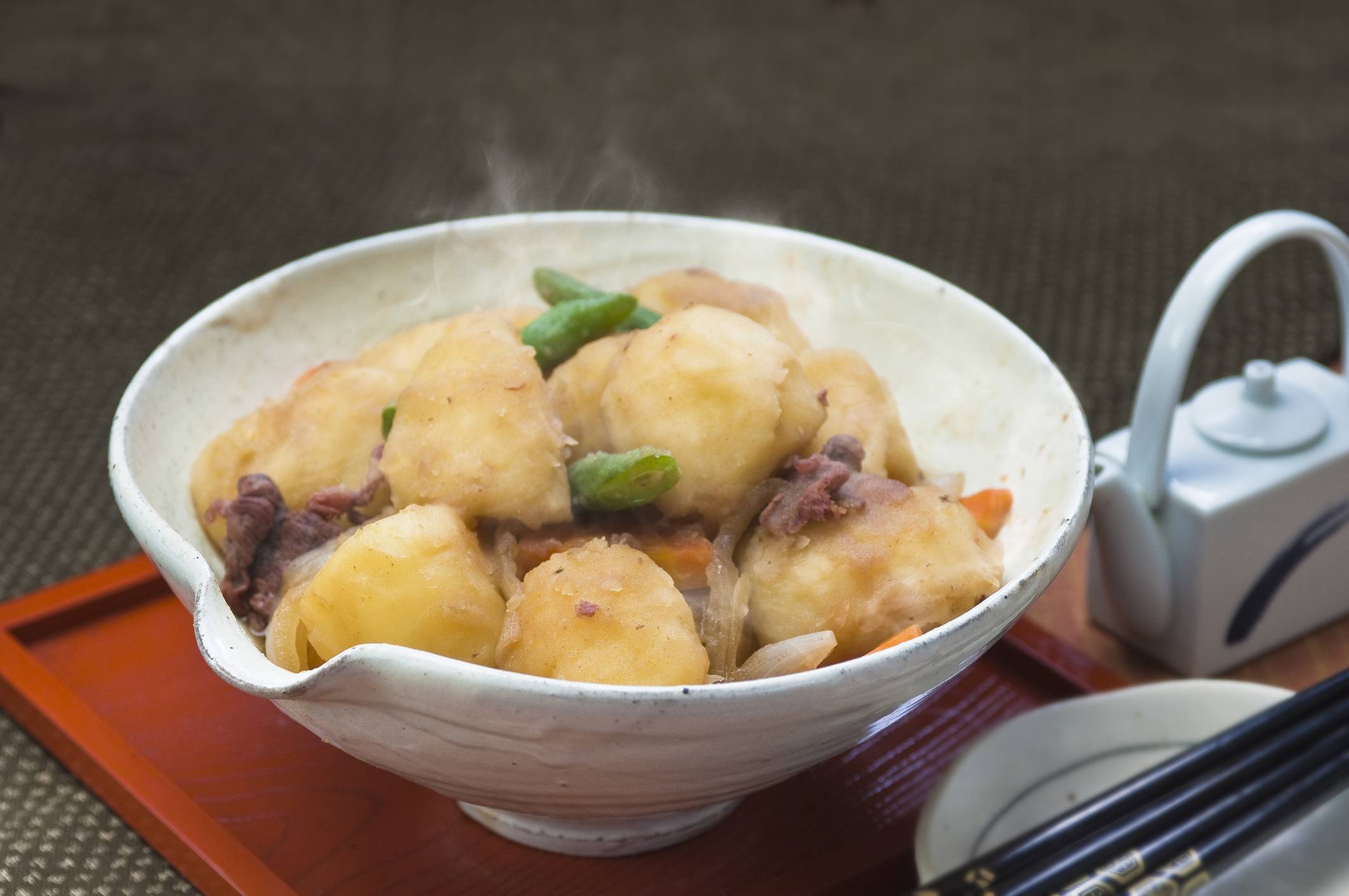While it’s one of my favorite things to do, cooking in Japan used to be a pain. I couldn’t find the 材料 (zairyō, ingredients) or 調味料 (chōmiryō, seasonings) for any of my favorite レシピ (reshipi, recipes): tortillas, deli-cut turkey, pesto, jalapeno peppers, black beans, hummus, you get the idea.
No, I was stuck making half-formed 炒め (itame, stir-fries) with 玉ねぎ (tamanegi, onion), ピーマン (pīman, bell pepper) and ひき肉 (hikiniku, ground meat), lightly seasoned with 醤油 (shōyu, soy sauce) and ごま油 (goma abura, sesame oil). It wasn’t bad, but I didn’t really understand or make the most of the available 材料.
The solution came much later: simply make more 日本のレシピ (Nihon no reshipi, Japanese recipes). Of course, that would require knowing Japanese, as English versions of Japanese recipes are often butchered, modified in strange ways or use American ingredients. だから日本語を習うために、「肉じゃが」を作りましょう (Dakara Nihongo o narau tame ni, “nikujaga” o tsukurimashō, Therefore, in order to learn Japanese, let’s make “nikujaga” [a meat and potatoes stew]).


















With your current subscription plan you can comment on stories. However, before writing your first comment, please create a display name in the Profile section of your subscriber account page.